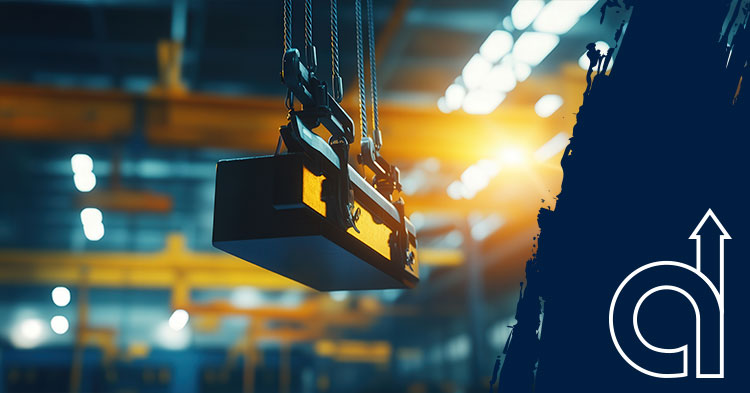The Evolution of Lifting Technology
Lifting technology has played a pivotal role in human civilization, enabling the construction of monumental structures, advancing industrial capabilities, and ensuring safer and more efficient operations across various sectors. From the earliest pulleys used in ancient times to today’s state-of-the-art cranes, advancements in technology, materials, and safety standards have significantly transformed the way we lift and transport heavy loads.
Ancient Origins: The Birth of Lifting Mechanisms
The history of lifting technology dates back to ancient civilizations, where simple machines were used to move heavy objects. The earliest known lifting device, the pulley, was utilized by the Mesopotamians and later refined by the Greeks. The Greek mathematician Archimedes further developed the concept of compound pulleys, allowing workers to lift heavier loads with less effort.
The Romans expanded on these principles, integrating cranes into construction projects to build architectural marvels such as aqueducts, temples, and amphitheaters. Their treadwheel cranes, operated by workers walking inside a large wooden wheel, could lift multiple tons—a groundbreaking achievement for the time.
The Industrial Revolution: The Rise of Mechanized Lifting
The Industrial Revolution brought a seismic shift in lifting technology. With the advent of steam power in the 18th and 19th centuries, lifting devices became more efficient and powerful. Steam-powered cranes, commonly found in shipyards and railroads, revolutionized material handling and construction. These cranes enabled the rapid expansion of cities and industries by drastically increasing the lifting capacity and reducing the time required for heavy labor.
As metallurgy advanced, cast iron and steel replaced wood as primary crane materials, allowing for more durable and robust structures. The integration of gears, levers, and hydraulics further improved the efficiency and control of lifting mechanisms.
The 20th Century: Electrification and Automation
The 20th century marked another transformative period for lifting technology, with electrification leading the way. Electric motors replaced steam engines, making cranes more reliable, easier to control, and less labor-intensive. This era also saw the widespread adoption of overhead cranes, mobile cranes, and tower cranes, which became essential for large-scale construction and industrial applications.
Hydraulic systems, introduced in the mid-20th century, enhanced the precision and power of lifting equipment. Cranes were now capable of handling even heavier loads with greater control, improving productivity and workplace safety. The development of telescopic booms and lattice structures further expanded the capabilities of modern cranes.
Modern Advancements: Smart Cranes and Enhanced Safety Standards
Today, crane technology has evolved into a sophisticated blend of engineering, automation, and digital integration. Smart cranes, equipped with sensors and IoT (Internet of Things) connectivity, provide real-time monitoring of load weights, environmental conditions, and mechanical performance. This data-driven approach allows operators to optimize crane usage, prevent mechanical failures, and enhance workplace safety.
Materials have also seen significant advancements, with high-strength alloys and composites making cranes lighter yet more durable. These improvements contribute to energy efficiency and extend operational life spans.
Safety standards have kept pace with technological advancements, with regulatory bodies such as OSHA (Occupational Safety and Health Administration) and ANSI (American National Standards Institute) setting stringent guidelines for crane operation. Features like anti-collision systems, automated overload detection, and remote-control operation have minimized risks, ensuring safer working environments.
The Future of Lifting Technology
As we look ahead, innovations in artificial intelligence, robotics, and renewable energy are poised to reshape lifting technology. Autonomous cranes with AI-driven decision-making capabilities could further streamline operations, while sustainable energy solutions like electric and solar-powered cranes could reduce the industry’s carbon footprint. Augmented reality and virtual reality training programs are also emerging, enhancing operator skills and safety preparedness.
From ancient pulleys to high-tech cranes, lifting technology has come a long way. As advancements continue, the industry is set to achieve even greater efficiency, safety, and sustainability, ensuring that the art and science of lifting remain at the forefront of industrial progress.


